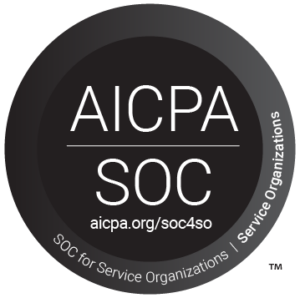Infrastructure as a Service (IaaS):
A Deeper Dive into the Components of IaaS
Infrastructure as a Service (IaaS) is a cloud computing service model that provides businesses with the basic building blocks for IT infrastructure, such as computing, storage, and networking. This allows businesses to avoid the upfront costs and complexity of managing their own infrastructure, and to focus on their core business applications.
There are four main components of IaaS
Compute: This is the most basic component of IaaS, and it provides businesses with virtual machines (VMs) that can be used to run applications. VMs are isolated from each other, so each VM has its own operating system and resources.
Storage: IaaS providers offer a variety of storage options, including block storage, file storage, and object storage. Block storage is ideal for storing large amounts of data that needs to be accessed quickly, such as databases. File storage is ideal for storing files that need to be shared between users, such as documents and images. Object storage is ideal for storing large amounts of unstructured data, such as images and videos.
Networking: IaaS providers offer a variety of networking options, including virtual private networks (VPNs), load balancers, and firewalls. VPNs allow businesses to connect their on-premises networks to the cloud, load balancers distribute traffic across multiple VMs, and firewalls protect networks from unauthorized access.
Administration: IaaS providers offer a variety of administration services, such as monitoring, backup, and disaster recovery. Monitoring services allow businesses to track the performance of their IaaS infrastructure, backup services allow businesses to create copies of their data for disaster recovery purposes, and disaster recovery services allow businesses to restore their data and applications in the event of a disaster.
IaaS is a valuable tool for organizations as it can help businesses to save money, improve efficiency, and focus on their core business applications. If you are looking for ways to improve your infrastructure, IaaS is a great option to consider.
Here are some additional benefits of IaaS
- Scalability: IaaS is highly scalable, so businesses can easily add or remove resources as needed. This can help businesses to save money by only paying for the resources they use.
- Reliability: IaaS providers have a strong track record of reliability. This is because IaaS providers have invested heavily in infrastructure and security.
- Security: IaaS providers offer a variety of security features, such as firewalls, intrusion detection systems, and encryption. This can help businesses to protect their data and applications from unauthorized access.
According to CompTIA, “Popular IaaS providers include Microsoft Azure, Amazon Web Services, Rackspace and Google Compute Engine.
Microsoft Azure is a cloud computing service created by Microsoft for building, testing, deploying and managing applications and services through Microsoft-managed data centers.
Amazon Web Services is a secure cloud services platform, offering compute power, database storage, content delivery and other functionality to help businesses scale and grow.
Rackspace is a managed cloud computing company that aims to make it easy to manage private and public cloud deployments. The company is the largest managed cloud provider, offering expertise across cloud platforms such as AWS, Microsoft Azure and OpenStack.
Google Compute Engine is Google’s IaaS virtual machine offering. It allows customers to use powerful virtual machines in the cloud as server resources instead of acquiring and managing server hardware.”







